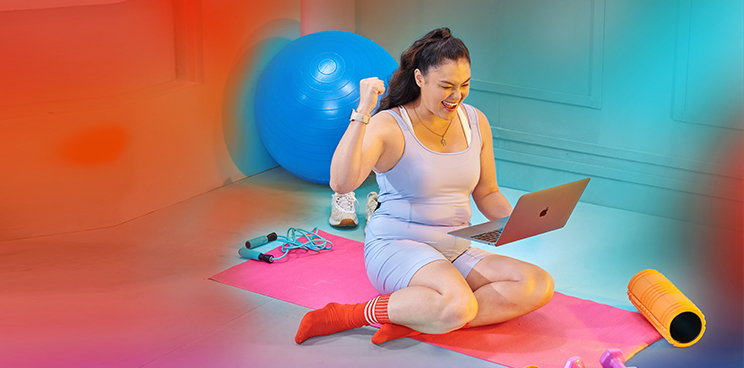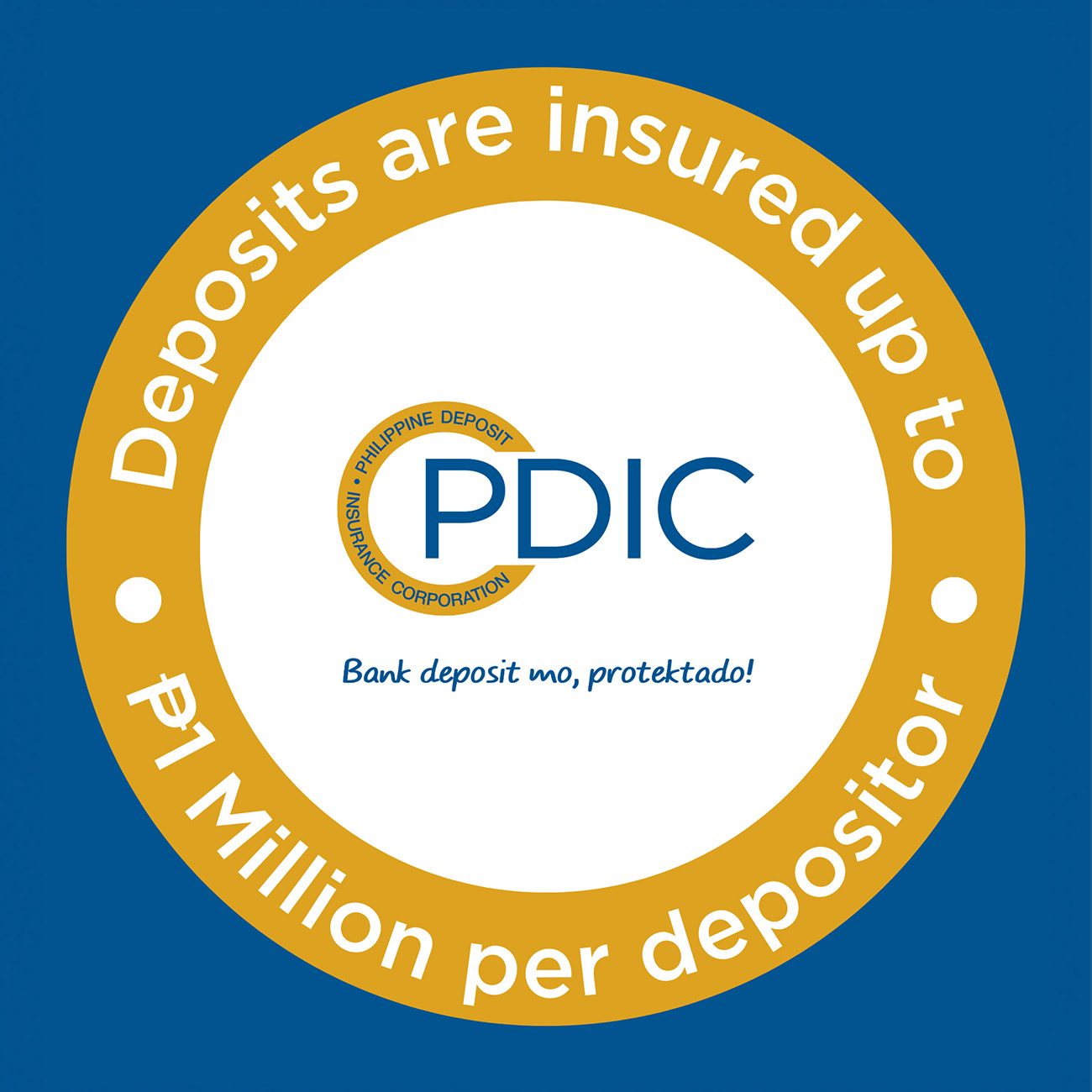Maintaining a healthy relationship with your finances is all about flow and balance. You need to know when to hold on to your money and when to let go. It might seem tricky at first, but once you find your groove, it won’t even make you break a sweat. In the second installment of the Flex Series, movement coach Luigi and financial rookie Issa are here to help you find balance in budgeting. Let’s get started:
1. Find your center
Start by identifying your needs, wants, and savings — this is your center. Needs are essentials like rent, groceries, and transportation; think of them as your everyday non-negotiables. Wants are luxuries that stretch you a bit further, such as your streaming service subscription, sweet treats, or that pair of sneakers you’ve been eyeing.
Pro-tip: List down your recurring expenses and classify them into "needs" and "wants" to get a clearer picture of where your money goes.
Set a big goal to aim for — maybe a dream trip to El Nido, a condominium unit near your office, or your emergency fund. Keep yourself motivated by putting a photo or a reminder of your goal on your phone’s lock screen or your workspace. And don’t forget to re-evaluate regularly! For example, if you’re relocating to a new place or discovered a new hobby, your priorities might shift. Think of this center like a yoga pose: steady, but adaptable.
2. Strengthen your core
Savings are the core of your budget — strengthen this before anything else. Your emergency fund is your cushion, so focus on building it first. A good amount to start is 3 months' worth of your salary. You can automate a small portion of your paycheck to go directly into a separate savings account.
For instance, set aside Php 1,000 or Php 2,000 per payday. It might not seem like much now, but in a year, that’s already Php 24,000, which could help cover your rent or sudden medical expenses.
Pro-tip: If you're juggling multiple goals, label your savings accounts by name, like "Vacation Fund" or "Dream Condo". This makes it easier to stay on track. Just like in fitness, it's not about intense effort all at once; it's about building a consistent habit over time.
3. Find your balance
Now, it’s time to find your balance by tallying up your needs, wants, and savings goals. A great starting point is to aim for 20% for savings, 30% for wants, and 50% for needs. If you find that your current budget doesn’t fit this breakdown, start small and adjust incrementally.
Pro-tip: If eating out takes up a lot of your budget, challenge yourself to cut it down to twice a week instead of five. Little changes can make a huge impact.
Once you master this, you can be more flexible. For example, if you get a side hustle or a sudden windfall, allocate that extra income to bulk up your emergency fund or fast-track your big goals. Don’t stress about spending on yourself either! If you’re working hard to save for something meaningful — like Coach Luigi says — it won’t weigh on you; it’ll just make life more fulfilling.
Achieving balance means adjusting as your life or goals shift. So, if you land a higher-paying job or your rent increases, tweak your budget accordingly. Balance isn’t a one-size-fits-all thing, so keep experimenting until you find what fits your lifestyle.
Stay tuned for the next installment of The Flex Series! Visit NEXT by BPI Preferred’s The Program for more financial education content.





